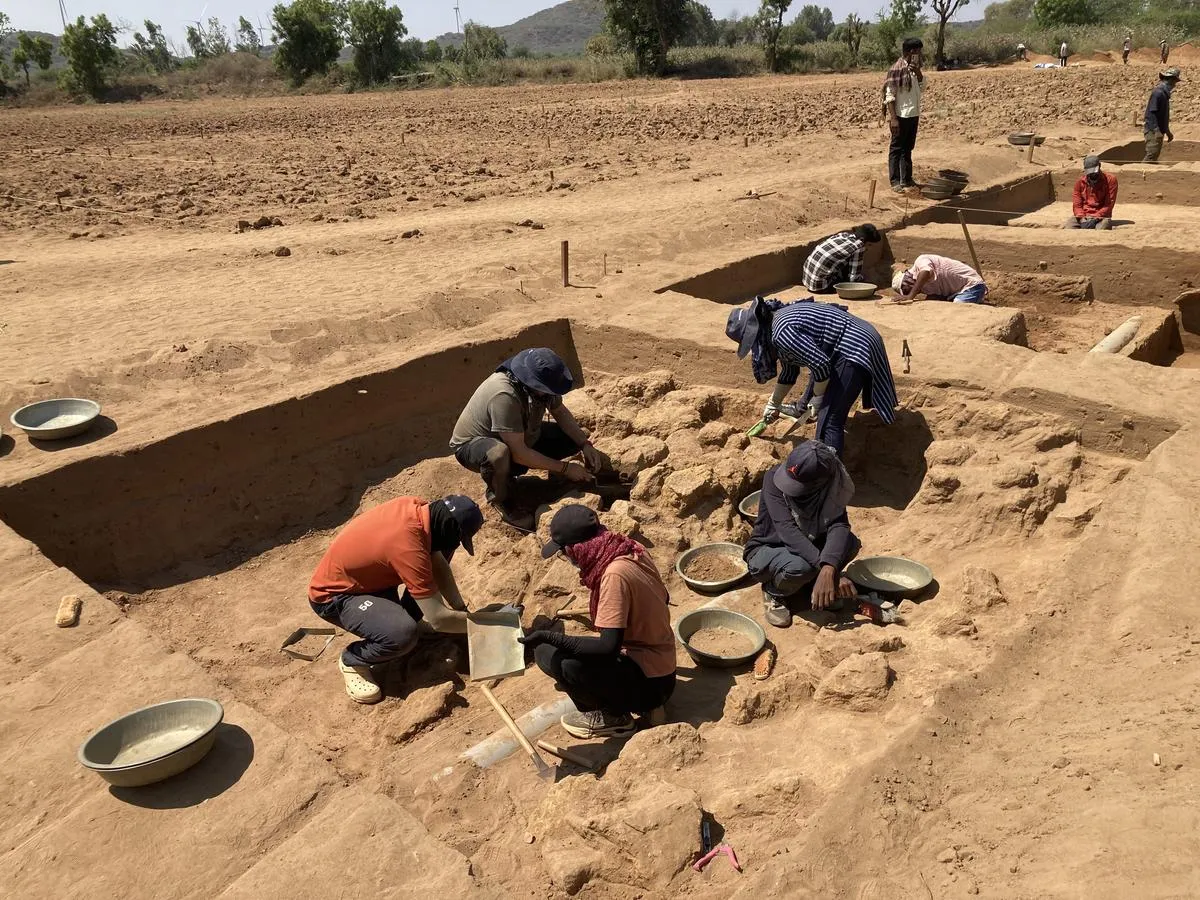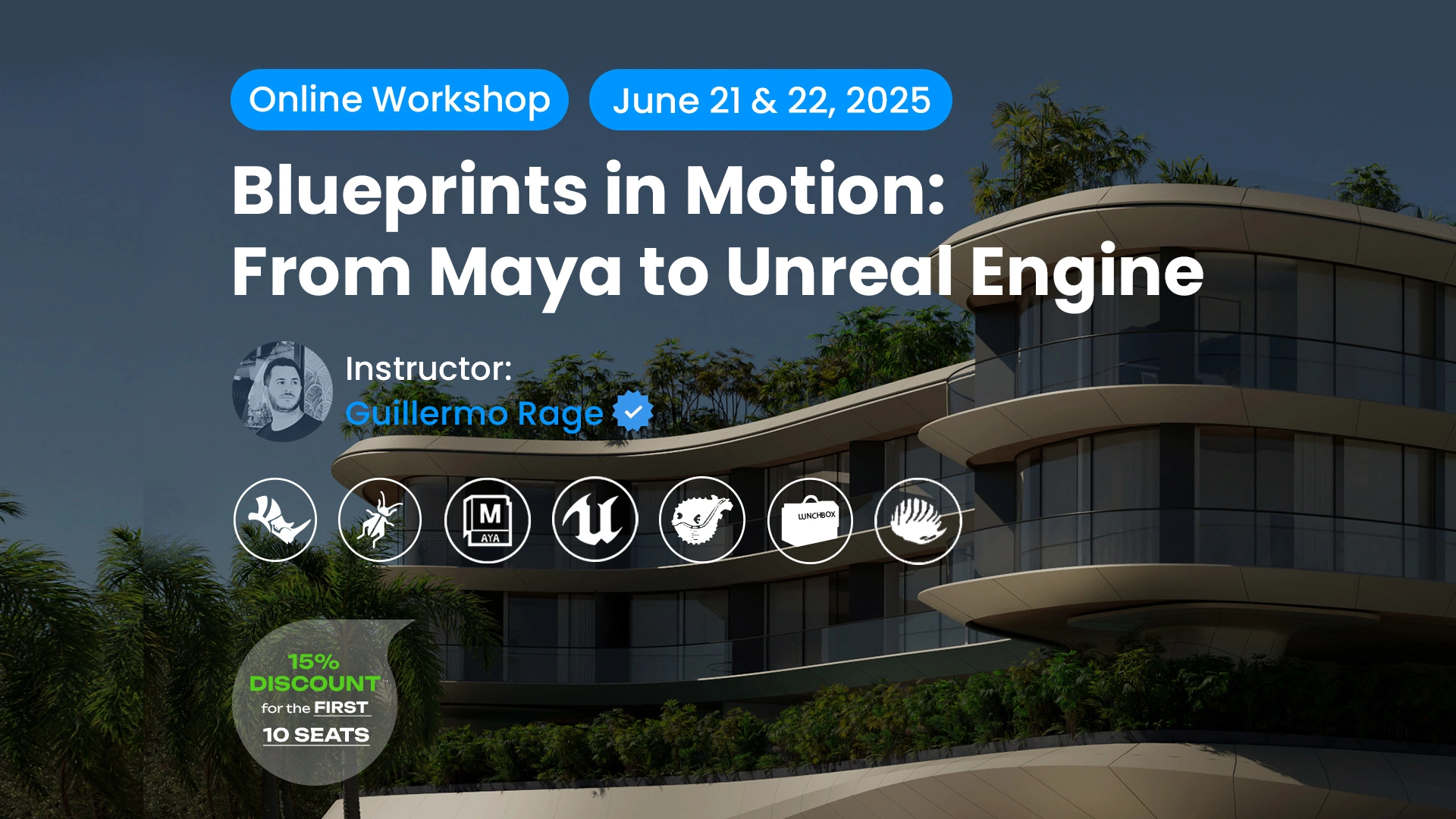A team from the University of Kerala has uncovered a remarkable archaeological site near Lakhapar village in Kutch district, Gujarat. Dating back to around 3300 BCE, this Early Harappan settlement offers fresh insight into the origins of one of India’s earliest civilizations.
A Strategic Cluster of Early Harappan Habitation
Situated along both sides of the Gaduli–Lakhapar road and overlooking the dormant Gandi River, the settlement spans roughly three hectares. It lies just 1.5 km from Juna Khatiya, a burial site where nearly 200 Harappan graves were excavated between 2019 and 2022. The proximity of living quarters and cemeteries creates a rare archaeological window into Early Harappan life.
Excavation revealed foundational walls built from sandstone and shale, locally sourced, indicating permanent, well-structured dwellings rather than temporary shelters. The walls and layout suggest a planned settlement with purposeful design.

Explore the intersection of technology, design, and history through expert-led online workshops at PAACADEMY.
Pottery Reveals Cultural Connections
Key finds include pottery from both Early (c. 3300 BCE) and Classical Harappan phases, notably the rare Pre‑Prabhas Ware, previously seen at only a handful of sites in Gujarat. This suggests a distinct cultural thread within the broader Harappan tradition and hints at continuity or gradual transition over centuries.
Archaeologists uncovered a solitary burial of a human skeleton in a simple pit, accompanied by Pre‑Prabhas Ware. This marks the first recorded instance of such pottery being connected to funerary practices, offering new perspectives on belief systems and regional rituals. The skeleton was buried without a formal structure or markers. The presence of rare pottery indicates a unique “ritual mark” within this community.
Excavators unearthed an impressive array of finds:
- Beads fashioned from carnelian, agate, amazonite, and steatite
- Copper and terracotta figurines or tools
- Shell ornaments and Rohri chert blades, pointing to direct or indirect links with Sindh
- Animal remains: cattle, sheep, goats, fish, and shellfish, indicating a diverse subsistence strategy
- Archaeobotanical samples are being analyzed for ancient diet and agriculture studies.
Why It Matters
- Bridging Settlement and Mortuary Practices: Previously, Gujarat’s Early Harappan burials lacked nearby habitation counterparts. Lakhapar combines both, allowing a comprehensive view of daily life and death rituals.
- Highlighting Cultural Diversity: The rare Pre‑Prabhas ceramics emphasize that the Harappan world wasn’t monolithic; it supported regionally distinct identities connected through broader networks.
- Revealing Strategic Settlement Patterns: Located near ancient riverine resources and former water sources, the site demonstrates thoughtful settlement planning that leverages Kutch’s unique geography.
Ongoing Collaborations & Future Work
The excavation, led by Dr. Abhayan G.S. and Dr. Rajesh S.V. of Kerala University since 2022, is part of a broader collaborative effort featuring Indian and international partners from Gujarat, Maharashtra, Spain, and the U.S. Research continues on faunal, botanical, and material samples to shed further light on community life between 3300–1700 BCE

















Leave a comment